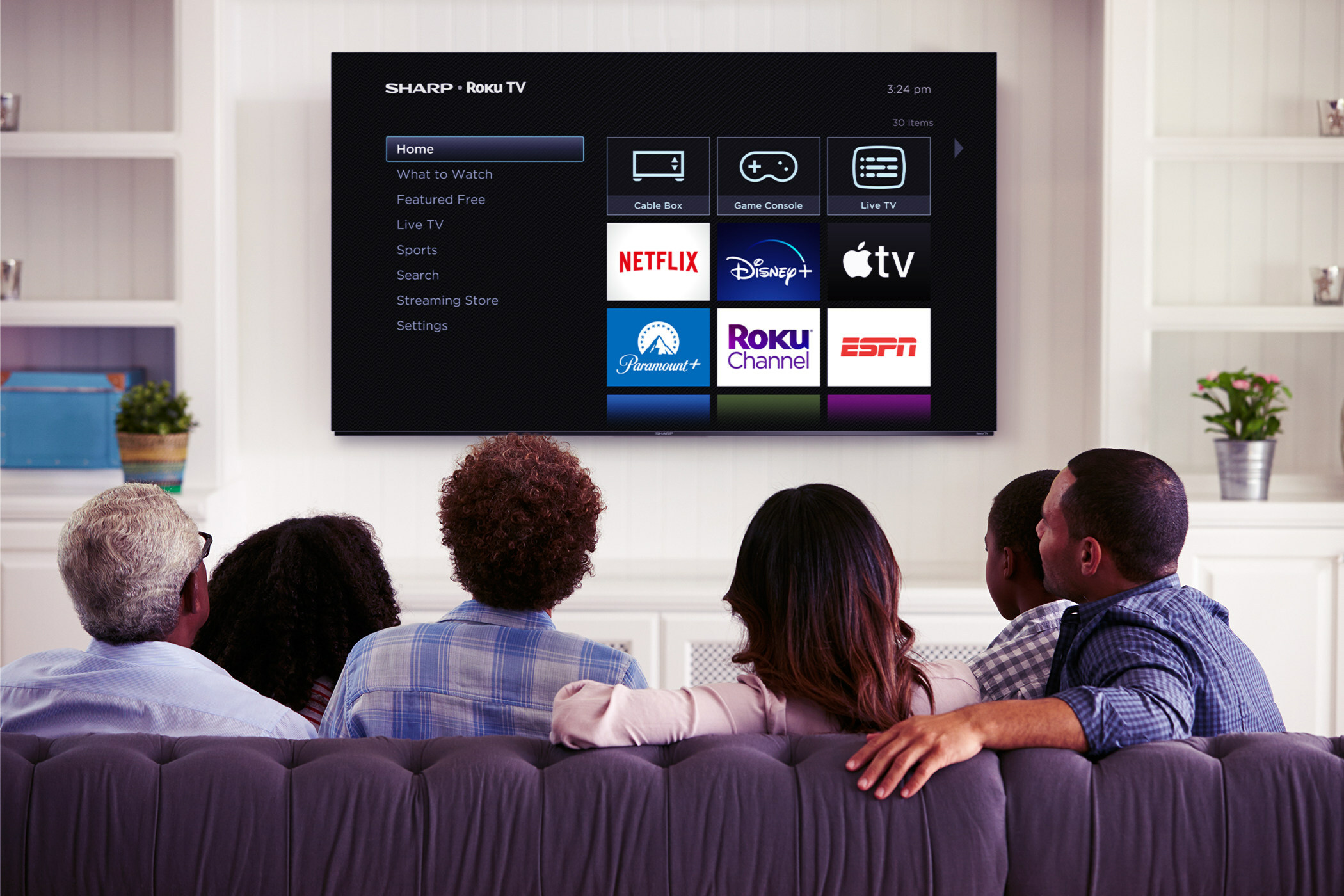Now that the DTV transition is over, how will local stations perform?

For the more than 20 years that digital television has evolved, it was generally assumed that the technology would result in an economic boost for local television stations. Now, with the transition complete, that revenue picture is not so clear.
With the background of a severely depressed local advertising market, the transition could mean radical change for U.S. television stations. In some ways, it levels the playing field for local broadcasters—providing smaller stations an opportunity to gain viewers over channels that were once far more prominent.
One reason is the elimination of the difference between more established VHF stations and less powerful UHF stations. In the DTV world, the divide disappears. The VHF-UHF split was a long one —having gone on almost since the beginning of commercial broadcasting in the United States.
With only 106 VHF stations on-air by the end of the 1940s, problems with interference due to overcrowding and short-spacing of stations was already becoming apparent in many densely-populated areas. The first commercially licensed UHF television station went on the air on Sept. 18, 1952. It was KPTV, Channel 27, (now VHF Channel 12) in Portland, OR.
Expansion of broadcast television into UHF frequencies was inevitable, although the technology remained unproven in the post-war era, and the question of who should retain the more valuable VHF spectrum remained hotly contested between multiple competing interests.
The battle between VHF and UHF ended last week, with a lot of stations moving from one to the other and vice versa. The final choice of channel is largely up to each station, provided that another broadcaster hasn’t already acquired the frequency. In most markets, high-band VHF (7-13) or UHF (14-51) channels are preferred for DTV broadcasting operation, although there are some exceptions (including Philadelphia’s WPVI-DT and Albany, NY’s WRGB-DT. WHDH-DT in Boston was assigned to a UHF channel (42) during the transition, but has been assigned a VHF channel (7) once the analog spectrum giveback has been completed.
The CW is a good example of what could happen. The network is now seen in 94 percent of television markets. Because the majority of CW affiliates are on UHF outside the major markets, the network may get an overall increase in viewership.
Get the TV Tech Newsletter
The professional video industry's #1 source for news, trends and product and tech information. Sign up below.
But there’s also a downside to the CW situation. In several midsized markets, the network has been added to secondary digital channels. That’s fine for over-the-air viewers, but not for cable or satellite subscribers who may not receive the network because pay carriers are not required to carry a broadcaster’s secondary channel.
That’s because local television broadcasters lost one of the biggest pretransition battles — multichannel must-carry. Cable and satellite providers, with subscriptions from more than 80 percent of U.S. viewers, are required only to retransmit a station’s primary channel.
Broadcasters, who can air as many as three or four subchannels in addition to their primary channel, had fought hard to require pay services to carry all of their channels. They lost that battle before the FCC and Congress.
Because pay viewers rarely watch over-the-air TV using an antenna, the broadcaster’s secondary signals are limited to very small audiences.
In some markets, secondary channels have negotiated their way onto cable. If a pay operator deems a secondary channel’s programming desirable for its subscribers, it sometimes carries it. However, in most cases, secondary channels are not picked up.
One of the nation’s pioneering digital stations, WRAL, the Capitol Broadcasting-owned CBS affiliate in Raleigh, NC, has gained cable carriage for one of its secondary digital channels.
WRAL is among the dozens of local stations to license MGM’s movie service, called This TV. The station made a deal with Time Warner Cable to pick up the digital movie channel over its local cable service. The station also puts repeats of its local newscasts on the digital channel from 7 p.m. to 8 p.m.
At present, however, the channel has no sponsors. There lies the problem. In many cases, advertising sales are so low that some stations are having trouble selling ads on their primary channel, much less on secondary channels.
The Television Bureau of Advertising’s analysis of TNS Media Intelligence figures shows the advertising decline began last year. Comparing the fourth quarter of 2007 to 2008, ad sales dropped 3.4 percent, from $4.73 billion to $4.57 billion. Media analysts predict local TV advertising may fall 20 percent this year to about $20.4 billion.
It was within this economic downturn that digital television was launched and will have to somehow survive. This was not the scenario that local stations envisioned when they began discussing the DTV transition more than 20 years ago.
